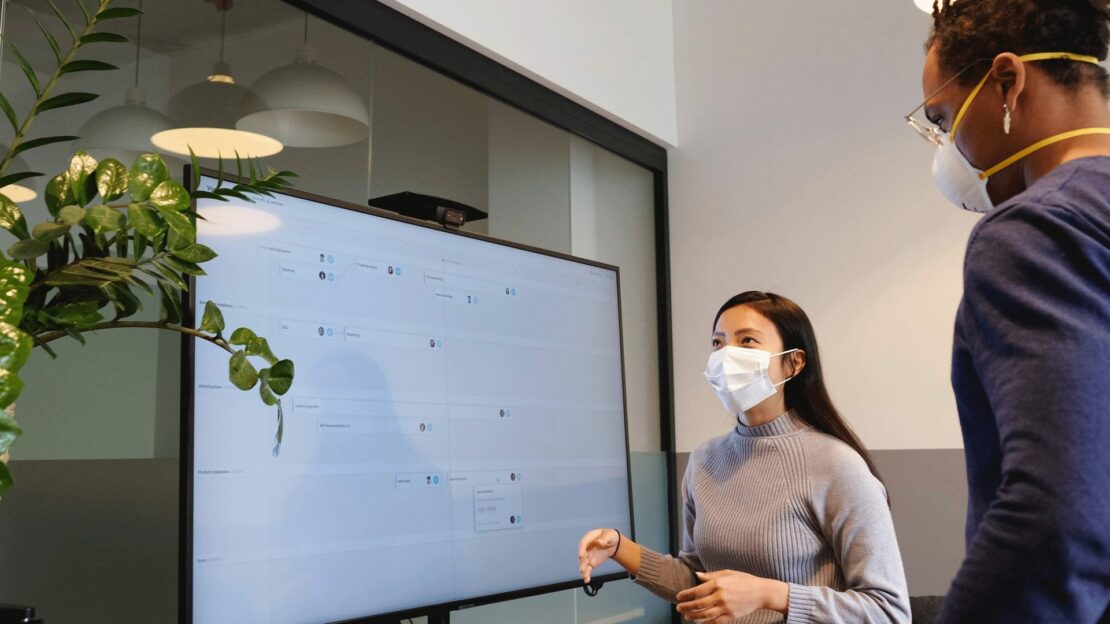Do trade shows still serve a purpose?
octubre 6th, 2023
San Francisco’s Jon Meakin considers the potential fallout from the cancellation of Mobile World Congress.
By rights, along with thousands of others all over the world, I should be getting ready for Mobile World Congress Barcelona right now.
With some 2,400 exhibitors and more than 100,000 delegates from almost 200 countries and territories, the world’s largest gathering of the mobile telecoms industry and its associated adjuncts has been getting bigger, more prestigious and more extravagant each year since the first edition in 2006.
Until this year.
COVID-19 (or “coronavirus”, as most are referring to it) stopped this behemoth of a trade show dead in its tracks. Less than two weeks before the show was due to open its doors, the organizers took the decision to pull the plug.
In reality, the decision was made for them, after one exhibitor after another pulled out over concerns for the health and safety of their staff, contractors and customers.
Ever since, handset brands, chip manufacturers, network providers, hardware companies, apps and everyone else due to attend has been scrambling to figure out not only if their insurance covers them for such an eventuality, but also how they are going to handle whatever it is they had planned to launch, announce, unveil or showcase at the event. Let’s just say there are an awful lot of webcasts being organized.
And this set me thinking: If it’s possible to launch, announce, unveil or showcase something satisfactorily in a virtual way, without spending hundreds of thousands of dollars (or more) on exhibition space and without flying people to Barcelona from all over the world, then do we even need these shows at all? Was MWC19 the last hurrah?
The case against
- Trade shows are expensive: You can’t play at these things. You have to make an impression. I was at CES earlier this year, another enormous trade show, and with very few exceptions, the smaller exhibitors were not creating the buzz, or attracting visitors to their booths. That was the big beasts of the tech world, not all of whom necessarily had anything new to show off – but they did have big, expensive (and undeniably cool and impressive) stands. And they do not come cheap.
- Trade shows are irresponsible: With the effects of the climate crisis more evident every day, and an increasing expectation that companies behave responsibly, there is a strong argument for saying that we should not be putting people on planes and flying them halfway across the world.
- Trade shows are a drain: Under any other circumstances, the idea of having pretty much the entirety of your sales and marketing teams out of the office at the same time would never fly. So why make an exception for a trade show? It’s a huge drain of human, as well as capital, resources.
- You can achieve the same results virtually: As many companies are now discovering (albeit not by choice), it is perfectly possible to launch your new handset or announce your new developments in 5G infrastructure without the backdrop of MWC.
The case for
- You have to see it to believe it: As an exhibitor, there is no substitute for showing off your product face-to-face. You want customers to see it, to touch it, to roll it over in their hands. You want to see their reaction when they experience its cool features first-hand. And as the would-be customer, or journalist, you want to have that firsthand experience, too. You can’t do that via Skype.
- There’s more to trade shows than what you see on the floor: I’m not talking about “What happens in Vegas (or Barcelona) stays in Vegas (or Barcelona).” I’m talking about the deals that are done at the fringes of every trade show – on the stands, in the coffee bars, over dinner and yes, over drinks. A savvy exhibitor does not just have a fancy stand, they also have a full calendar.
- The concentration effect: There is an enormous benefit to having all the people you need to see – be they customers or journalists or partners – in the same place at the same time. Far from being inefficient, or a terrible idea to have so many of the team off site at once, it’s actually strategically important to do so.
- The unexpected: More than once, I’ve been staffing a client’s stand and a journalist has wandered up, completely unsolicited, to find out more. A journalist with whom I never otherwise would have had chance to talk at any length, let alone sit down and talk to in depth, over a coffee. You can’t do that on a webcast.
So where does that leave us?
Well it’s possible for all of the above to be true at the same time.
Trade shows are expensive, they are a drain, and they do have an environmental impact that is increasingly hard to justify.
But it is also true that, to coin a phrase, there’s no substitute for being there.
Working with geographically dispersed teams, I am accustomed to harnessing technology to connect and collaborate virtually. But relationships matter, and while it is perfectly possible to have a trusting working relationship with someone you’ve never actually met, it is hard to deny that any relationship is deeper and stronger if you have spent time together IRL.
During the day and a half I spent at CES this year, I met clients, prospective clients, journalists and other industry contacts that I would not otherwise have seen face to face. I wasn’t there to do deals myself, but I saw plenty being done, and plenty of relationships that were strengthened as a result of that face time.
Shows like MWC and CES will undoubtedly evolve, especially in light of the climate crisis we all face, but COVID-19 or not, it is not yet time to sound their death knell. Trade shows do still serve a purpose, and it boils down to what is at the heart of our business, and every business: Relationships.
Jon Meakin is Grayling’s West Coast Lead.


